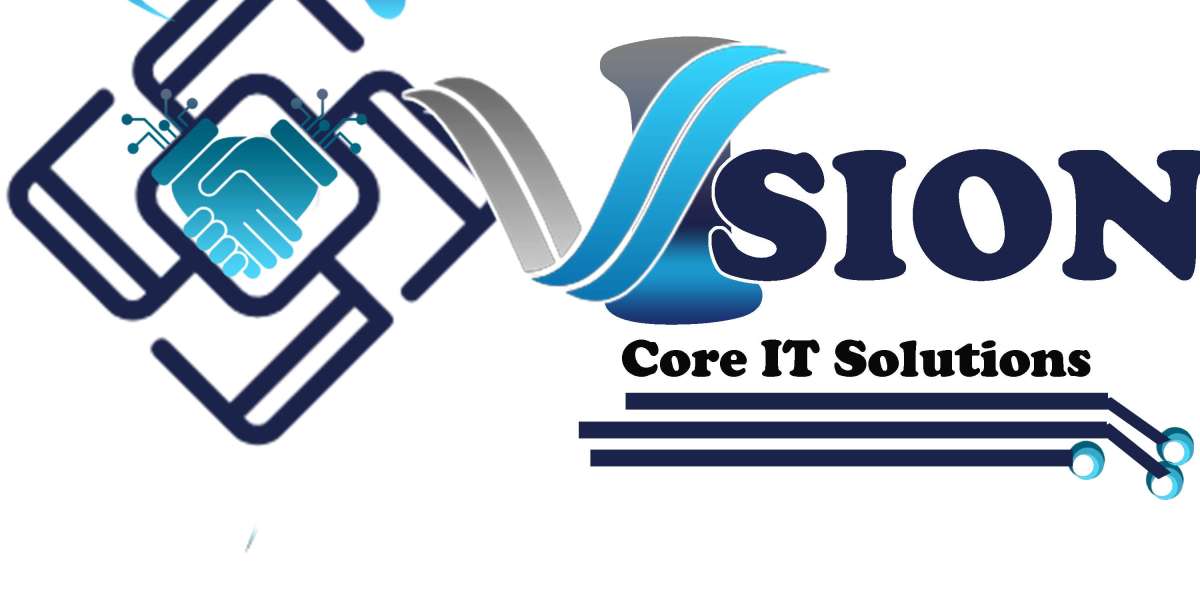In our digitally driven world, the influx of data from diverse sources has exponentially grown, leading to the rise of big data analytics. Extracting meaningful insights from this vast amount of data requires powerful tools and technologies. Hadoop and Spark are two of the most influential tools in the big data landscape, each offering distinct capabilities that revolutionize the way data is processed, analyzed, and leveraged for valuable insights in Online IT Classes.
Understanding Big Data Analytics
Big data analytics refers to the process of examining large and complex data sets to uncover hidden patterns, correlations, and other useful information. It involves collecting, storing, processing, and analyzing data to derive insights and make informed decisions. The three primary dimensions of big data—volume, velocity, and variety—underscore the challenges and opportunities of managing and deriving value from immense data sets.
Hadoop: Distributed Storage and Processing
Hadoop is an open-source software framework designed for distributed storage and processing of large data sets across clusters of commodity hardware. It consists of two primary components: Hadoop Distributed File System (HDFS) for storage and MapReduce for processing.
Hadoop Distributed File System (HDFS)
HDFS is a distributed file system that stores data across multiple nodes in a cluster. It breaks data into smaller blocks and replicates them across different nodes for fault tolerance and efficient processing. HDFS allows large datasets to be stored and accessed across a distributed architecture, enabling parallel processing.
MapReduce
MapReduce is a programming model used to process and analyze vast amounts of data in parallel across a Hadoop cluster. It divides complex processing tasks into smaller, manageable sub-tasks (map phase) and then aggregates the results (reduce phase). MapReduce provides scalability and fault tolerance for data processing.
Apache Spark: In-Memory Processing and Data Analytics
Apache Spark is an open-source, fast, and general-purpose cluster computing system known for its in-memory processing capabilities. It offers a more versatile and high-performance alternative to Hadoop MapReduce.
Resilient Distributed Datasets (RDDs)
Spark operates through Resilient Distributed Datasets (RDDs), a distributed collection of data objects that are fault-tolerant and can be processed in parallel. RDDs are stored in memory, enabling faster data processing compared to disk-based systems like Hadoop.
Spark's Versatility and Performance
Spark’s versatility allows it to perform various data processing tasks, including batch processing, streaming, machine learning, graph processing, and interactive queries. Its in-memory computing capability significantly boosts performance, making it several times faster than Hadoop for certain use cases.
Other Tools and Technologies in Big Data Analytics
Apart from Hadoop and Spark, several other tools and technologies complement the big data analytics landscape:
Apache Flink: Flink is a distributed stream processing engine that provides low-latency and high-throughput processing of streaming data.
Apache Kafka: Kafka is a distributed streaming platform that enables the building of real-time data pipelines and streaming applications.
NoSQL Databases: NoSQL databases like MongoDB and Cassandra are used for storing and retrieving unstructured or semi-structured data, offering high scalability and flexibility.
Data Visualization Tools: Tools like Tableau, Power BI, and QlikView help transform data into visually appealing and easily interpretable insights.
Machine Learning and AI Integration: Integrating machine learning and artificial intelligence technologies into big data analytics allows for predictive analytics and deeper insights.
Challenges and Considerations in Big Data Analytics
Despite the potential of big data analytics tools, there are challenges to be addressed:
Data Security and Privacy: Protecting sensitive data from breaches and ensuring privacy is a significant concern in the era of big data.
Scalability and Performance: Ensuring scalability and maintaining performance as data volume and complexity increase.
Data Quality and Integration: Dealing with data quality issues and integrating disparate data sources for comprehensive analysis.
Cost and Skill Gap: Implementing and maintaining big data systems can be costly, and there's a shortage of skilled professionals in this domain.
Emerging Trends in Big Data Analytics
As big data analytics evolves, emerging trends are shaping the landscape:
Edge Computing: Processing data closer to the source (edge devices) to reduce latency and bandwidth usage.
Explainable AI: Ensuring transparency in AI models to understand and interpret their decisions and outputs.
Privacy-Preserving Analytics: Techniques to perform analytics while preserving user privacy and confidentiality.
Blockchain in Data Security: Exploring the use of blockchain for securing and verifying data transactions.
Conclusion
Big data analytics, powered by tools like Hadoop, Spark, and an array of other technologies, continues to transform the way organizations derive value from vast volumes of data. These tools enable the processing, analysis, and utilization of data for critical insights and informed decision-making. As the field continues to advance, addressing challenges, leveraging emerging trends, and equipping professionals with the necessary skills will be pivotal in unlocking the true potential of big data analytics across industries. The integration of these powerful tools and technologies is instrumental in leveraging the wealth of information available to organizations, facilitating informed decision-making and innovation in the rapidly evolving digital era.



